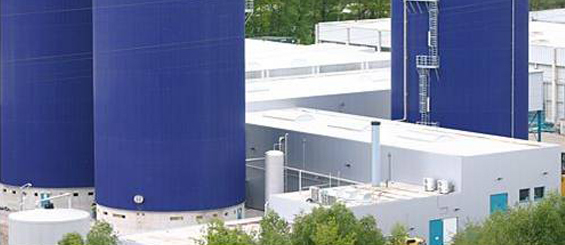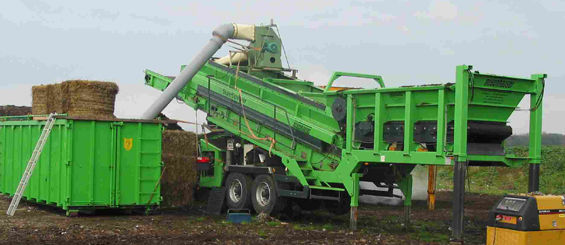Packaging products that conform to the 'compostable' criteria of the relevant standard are suitable for composting (the tests simulate industrial scale composting conditions) and those that conform to it's anaerobic digestion criteria are suitable for that method of organic recovery.
Summary of BS EN 13432's 'compostable' criteria
Key tests and pass / fail criteria are:
Disintegration - the packaging sample is mixed with organic waste and maintained under test scale composting conditions for 12 weeks after which time no more than 10 % of material fragments are allowed be larger than 2 mm.
Chemical Analysis: Low levels of heavy metals (Potentially Toxic Elements) and no adverse effect of the quality of compost produced. - Upper limits, in mg/kg of dry sample, are: zinc 150, copper 50, nickel 25, cadmium 0.5, lead 50, mercury 0.5, chromium 50, molybdenum 1, selenium 0.75, arsenic 5 and fluoride 100. Even more specifically, the composted packaging material must not have adverse effect on the bulk density, pH, salinity (electrical conductivity), volatile solids, total nitrogen, total phosphorus, total magnesium, total potassium and ammonium nitrogen characteristics of the compost.
Each of these tests is undertaken according to internationally agreed methods of test, as specified in BS EN 13432. Independent laboratory test results are then compared with the strict pass / fail limits set in the standard. Only if a material passes every 'compostable' test requirement is it proven to be 'compostable'.
N.B.: It is wholly insufficient and misleading to simply state that a packaging or plastic product / material has been tested according to a test method. For example, ASTM D6954-04 the 'Standard Guide for Exposing and Testing Plastics that Degrade in the Environment by a Combination of Oxidation and Biodegradation' by itself is insufficient because it does not set any pass / fail criteria for any specific biodegradation environment (e.g. composting, anaerobic digestion, soil, marine or fresh water environments). A statement 'This product has been tested in accordance with ASTM D6954-04' does not mean that the test results showed adequate (bio)degradation in any target environment(s).





.jpg)


